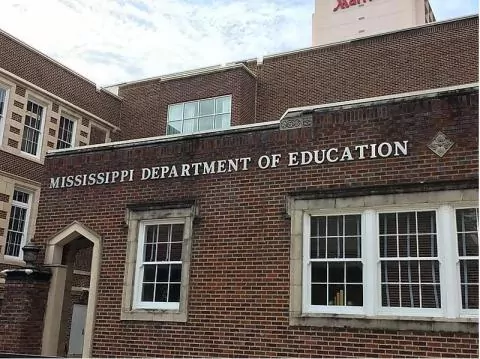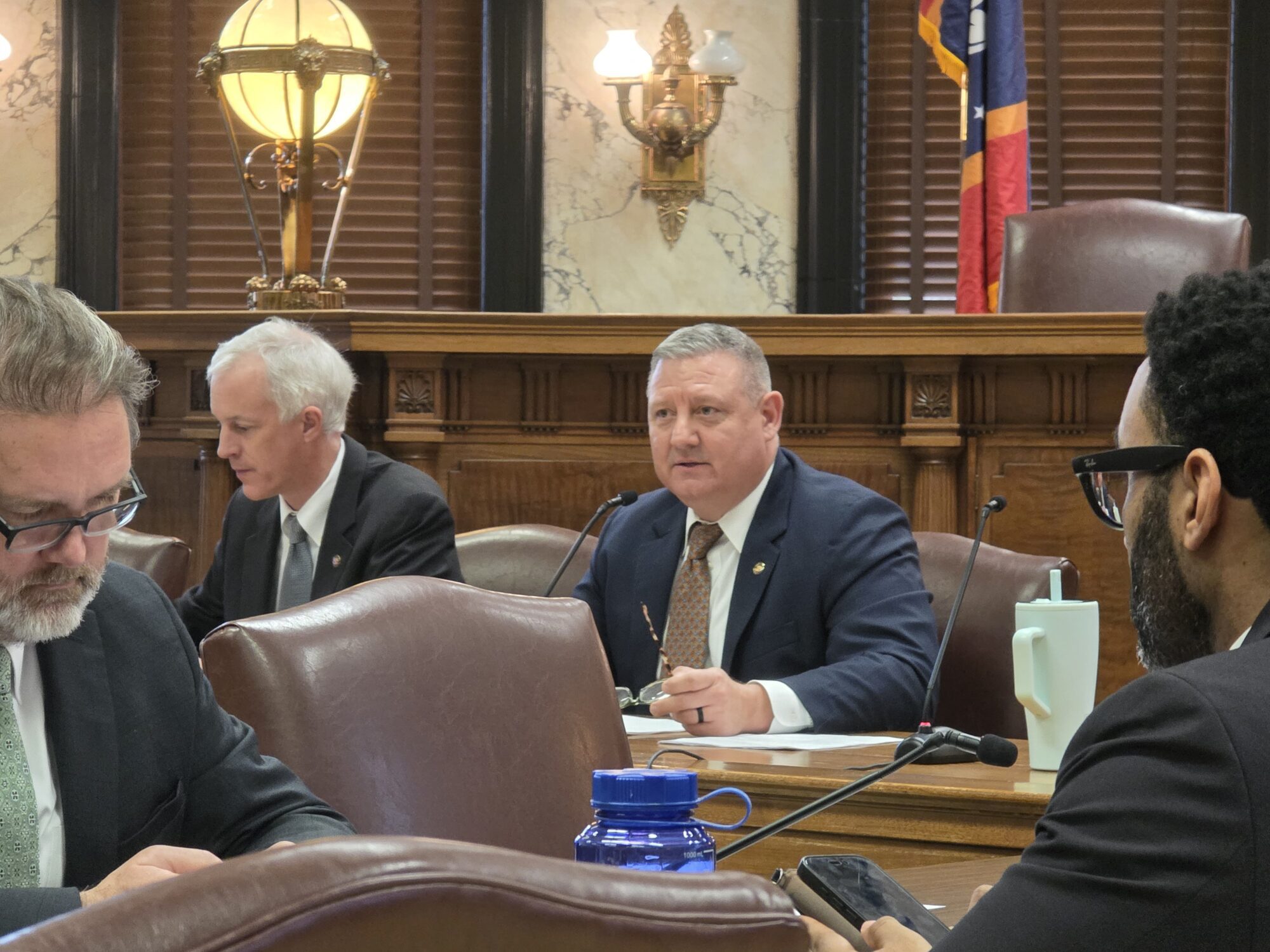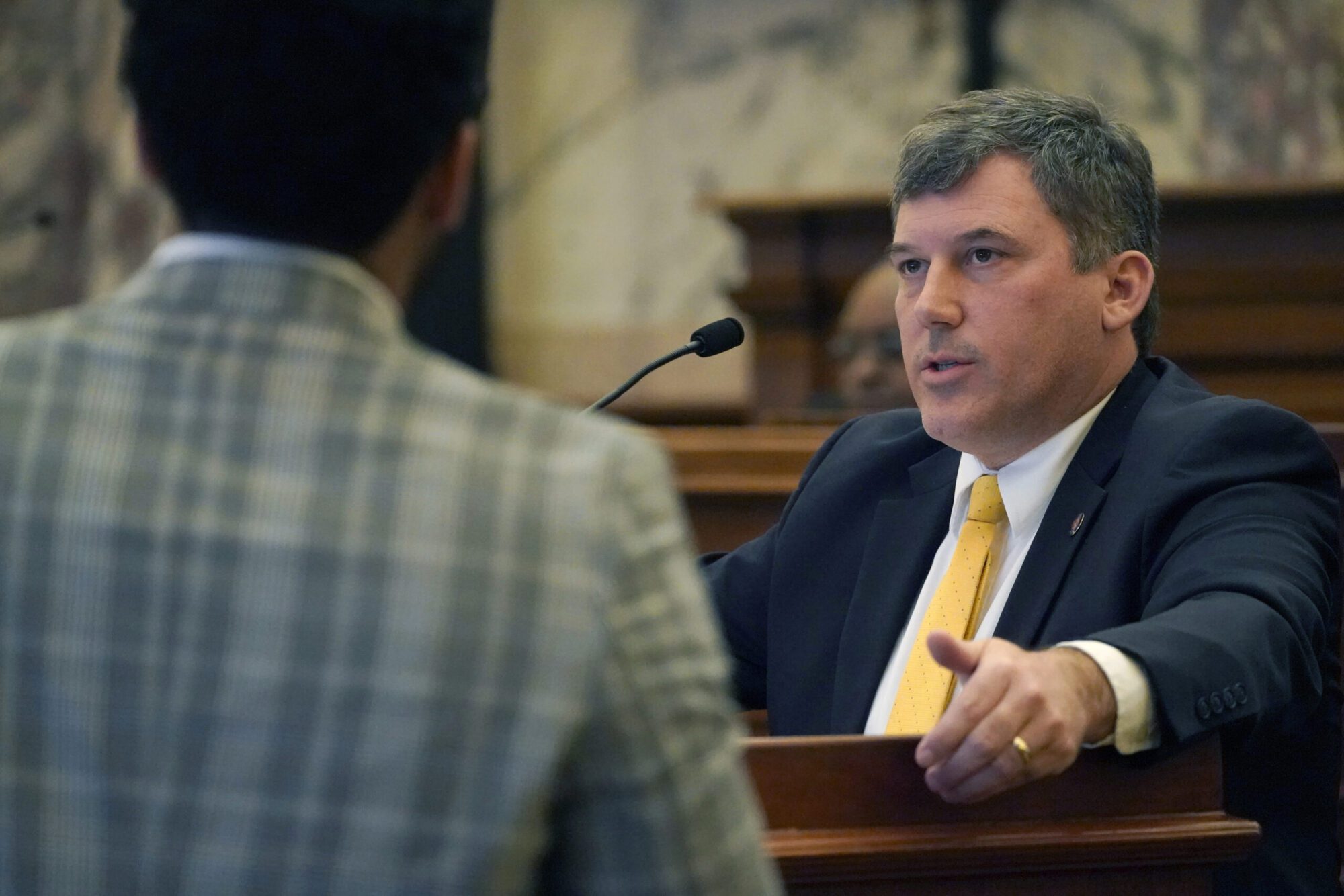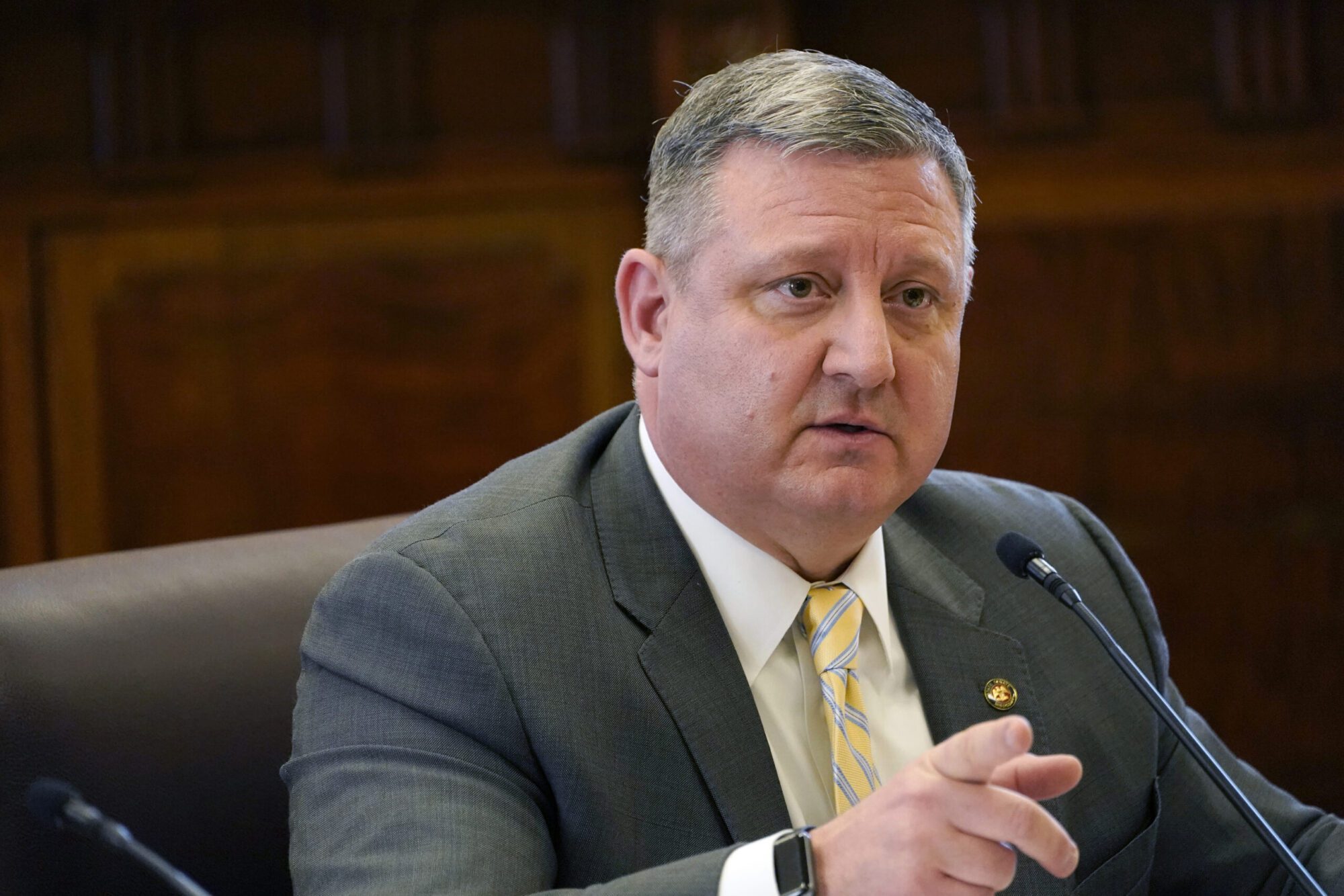
- The federal cap on alternate assessment tests is set lower than the average number of students who qualify. Mississippi is not the only state in violation of the federal limit.
On Thursday, Members of Mississippi’s State Board of Education were updated about an ongoing federal violation concerning the number of alternate assessment tests provided to students.
As part of the Every Student Succeeds Act passed in 2015, which amended the Elementary and Secondary Education Act (ESEA) of 1965, the U.S. Department of Education set a cap on the number of alternate assessment tests that can be administered. Those tests are provided to students identified as having a significant cognitive disability. The cap is 1 percent of the total student population. However, the average number of students who qualify for the test is higher than 1 percent.
Personnel with the Mississippi Department of Education (MDE) noted during the meeting that there is no cap under the Individuals with Disabilities Education Act (IDEA).
“The ESEA requires that only students with the most significant cognitive disabilities may take an alternate assessment aligned with alternate academic achievement standards (AA-AAAS) and limits the percentage of students that a state may assess with an AA-AAAS to no more than 1.0 percent of all students in the grades assessed in a state for each subject (reading/language arts, mathematics and science),” according to a letter from the U.S. Department of Education to school districts dated March 28, 2019.
How Mississippi exceeds the federal testing limit
According to information presented to the State Board of Education, the percentage of Mississippi Academic Assessment Program Alternate (MAAP-A) tests provided for students in grades 3-8 were: English Language Arts at 1.9 percent, math at 1.9 percent, and science at 2 percent. The averages do not include the students who had to re-take the test. The report did not include results for tests provided to high school students.
“So, we test more students than what the federal law allows us to test,” Vanderford explained to the Board. “And so, we are working with the assessment and the office of special education to reduce that rate so there will be an increased focus on training and ensuring that districts understand and only test those students that meet the criteria to be tested.”
Dr. Donna Boone, Chief Academic Officer, informed the State Board of Education that meetings will include representatives of the federal government and will focus on internal policies and procedures with district test coordinators and special education teachers to address the overage.
“Because we’re engaging in the training and the professional development pieces to lower that percentage statewide, the U.S. Department of Education understands we’re doing our part to make sure that we’re decreasing, closing that gap back down to what is close to 1% as we can possibly get,” State Superintendent Dr. Lance Evans told Magnolia Tribune.
Dr. Boone added that the state’s average in previous years was 1.4 percent.

Violations in education departments across the nation
Mississippi is not the only state in violation of the federal limit.
“There are other states that are facing the same thing we are,” Dr. Boone told the Board.
Dr. Paula Vanderford, MDE Chief Accountability Officer, said since the 2017-2018 school year, districts have been able to apply for waivers as they work to come into compliance with the regulations. However, since the COVID pandemic, Mississippi’s requests for waivers have been denied.
Since there are only two forms of the test, the regular and alternate, those who qualify are provided the alternate test as they were provided alternate class instruction to meet their cognitive needs. Children are assessed before moving on to third grade to determine if they should receive alternate instruction.
The number of students with significant disabilities is typically a small subset of the total student population.
Dr. Jennifer Boykin, Director of the Office of Special Education, said statistically speaking, more than 1 percent of the total population has a significant cognitive disability. On average, about 14 percent of all students are identified with some sort of a disability, but only a small subset meet the guidelines to receive alternate tests due to being identified as having a significant cognitive disability, she described.
According to information provided by MDE, the percentage of special education students in Mississippi for the 2023-2024 school year was 10.6 percent. Of that figure, 1.7 percent were identified as having a significant cognitive disability.
The potential consequences
There are potential consequences for violations, but for the past five years or so that MDE and other states have been in violation of the standard, no consequences have been handed down.
“Could the federal government put other sanctions in place? They could,” Dr. Boone told Magnolia Tribune. “Could they withhold funds? They could. They’ve not done that for anybody, and this has been in place now for 5 or 6 years.”
Since, on average, more than one percent of the student population qualifies for the alternate test, it is unclear why the limit stands where it does.
“And when we’ve asked the rationale of why the one percent was established, we haven’t been able to get the satisfactory answer as to that explanation,” Vanderford told Magnolia Tribune.
However, work continues to bring Mississippi’s average down. To that end, Vanderford said the state is going through the technical courses that ensure the definition is clear and that the policies and procedures comply with both state and federal law.
Even if the number doesn’t reach the cap, Dr. Evans said MDE will continue its mission to educate the state’s children.
“If our percentage falls at 1.4% or 1.5%, or 1.6%, we’re going to take care of students in Mississippi,” Evans said. “And we’re going make sure and educate our students appropriately and we’re going to assess them the way they should be assessed.”










